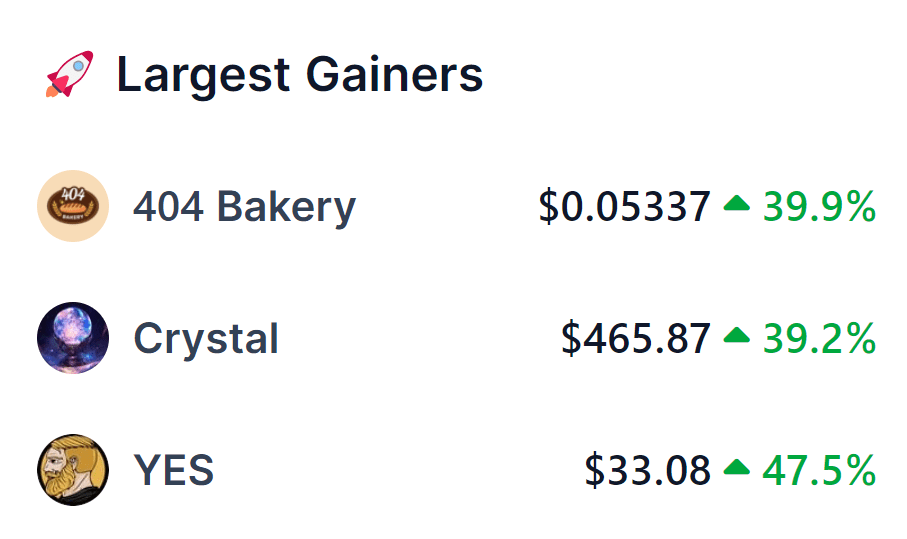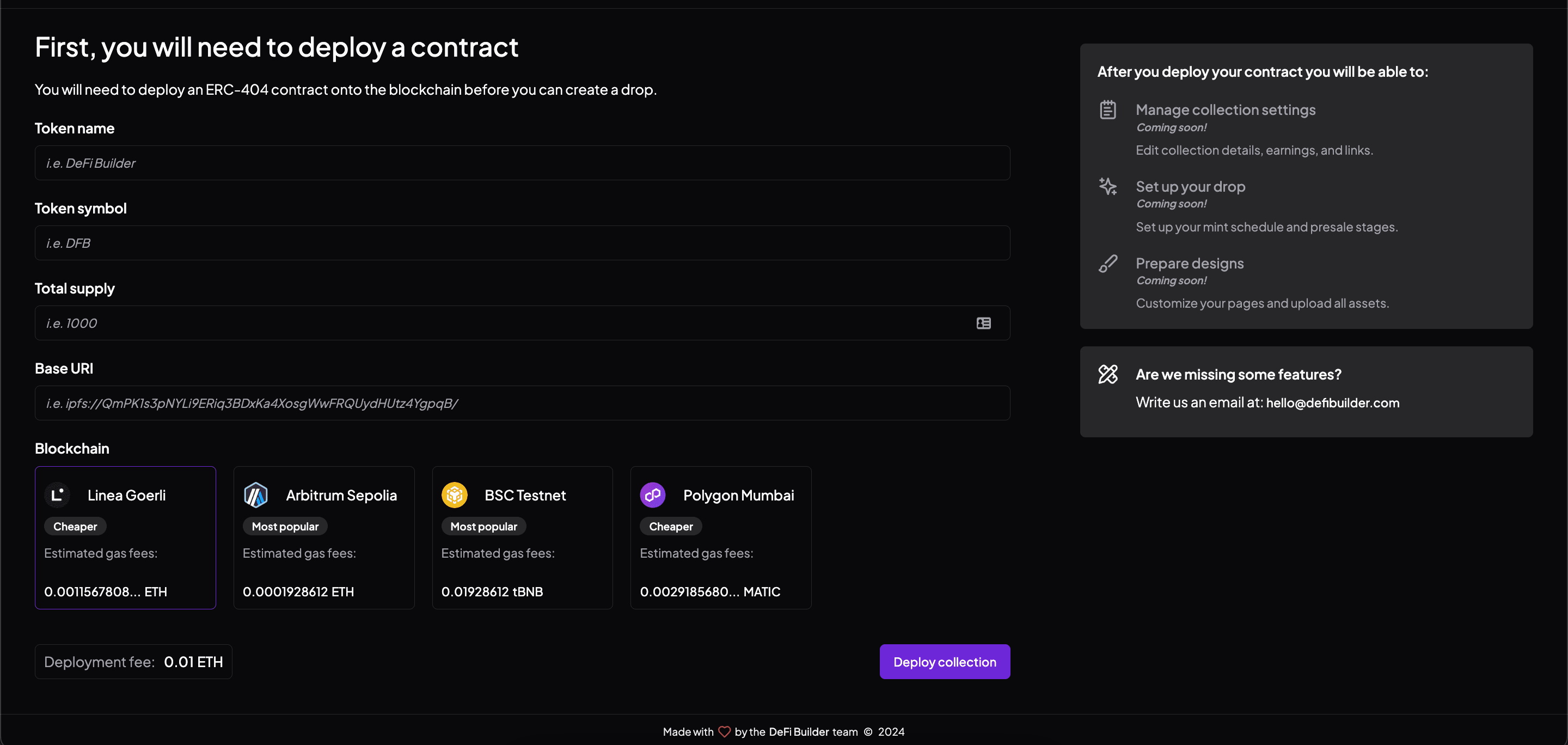Table of Contents
ToggleWhat is ERC404? A recently introduced token standard within the Ethereum ecosystem has taken over the market, by seeking to merge characteristics of established ERC-20 fungible tokens and ERC-721 non-fungible tokens (NFTs), offering a unique “semi-fungible” digital asset. Developed by the pseudonymous creators “ctrl” and “Acme,” ERC-404 serves as an experimental and unofficial addition to the existing token standards.

How does ERC404 Work?
While traditional NFTs are indivisible and unique, ERC-404 introduces a mechanism to overcome this limitation. It utilizes token mint and burn mechanics to facilitate fractional transfers of NFTs.
Tokens issued under ERC-404 are tethered to an NFT. Complete token purchases result in the minting of the associated NFT to the buyer’s wallet. Conversely, selling fractions of a token triggers the burning of the linked NFT. If a wallet accumulates enough fractions to constitute a whole token, a new NFT is automatically minted.
Key Features and Applications of ERC404
ERC-404 introduces native fractionalization of NFTs. This paves the way for new primitives and innovative mechanics. The creators envision a token that inherently supports fractionalization, liquidity, and encourages dynamic trading and engagement.
Projects like Pandora, an early adopter of ERC-404, highlight the token standard’s ability to provide native liquidity to NFTs. This facilitates real-time valuation adjustments, allowing token holders to sell at their discretion. At the same time they can tap into liquidity pools without relying on a single counterparty.
Additionally, ERC-404 eliminates the need for third-party protocols in the fractionalization of NFTs. This presents a novel approach to the creation of gaming NFTs with randomized aspects during destruction and reminting.
Which Projects Are Using ERC404
Several projects have embraced the ERC-404 token standard. Pandora, for instance, involves 10,000 PANDORA ERC-20 tokens and linked “Replicant” NFTs. DeFrogs, a collection of 10,000 Pepe the Frog-themed NFTs, showcases the versatility of the ERC-404 standard. They position themselves as the inaugural ERC-404 PFP collection.
Other projects such as 404 Bakery are attempting to combine the token with a utility system, allowing users to launch ERC404 tokens through their Telegram bot.
This is a vision we are adopting too, and in the coming days users will be able to easily launch their ERC404 tokens and NFT collections through DeFi Builder.
How to use ERC404
Despite its potential, it’s crucial to note that ERC-404 is currently deemed “experimental” and unofficial. As of now, it hasn’t undergone the Ethereum Improvement Proposal (EIP) review process or an external audit, exposing token holders to potential risks.
The team behind ERC-404 intends to submit it as an official EIP, but this process is anticipated to be time-consuming. The decision to sidestep the standard approval process raises concerns about the potential emergence of unaudited token standards in the market, posing risks to users. As ERC-404 is not universally supported by NFT platforms and marketplaces, its adoption remains a subject of ongoing development and scrutiny within the Ethereum community.
Likewise, any ERC404 projects launched through DeFi Builder should be carefully audited by a third party auditor, ensuring that your project is as safe as possible before going live with it.
How to Deploy Free ERC404 token
To launch your ERC404 token you will have to go through a simple step by step process at erc404.defibuilder.com where you will be required to provide information about your token. Thankfully this is simple, and you will mainly have to define your Token Name, Token Symbol and the Total Supply of your token.
The current trend for ERC404 tokens has been to keep the token supply and initial NFT collection very small, so keep that in mind if you want to make a project that feels familiar to the general ERC404 audience at the moment.
As far as your Base URI goes, this will be where your NFT collection metadata is hosted, and if you are unfamiliar with this we recommend that you go through a course on how to launch an NFT collection, and how to host its metadata and image files. It’s more simple than it seems at first glance.
Chain selection will also be important for your token, and at the moment we support Linea, Arbitrum, BNB Chain and Polygon.


